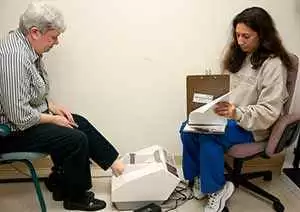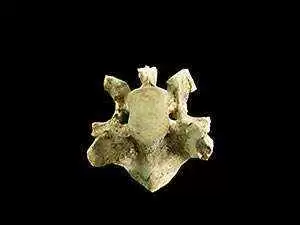Celiac.com 11/11/2013 - Celiac disease affects about 1-2% of people, globally. Formerly regarded as a childhood disease, most people are now diagnosed with celiac disease as adults. Many of those adults with celiac disease suffer the consequences of an impaired bone mineralization.
 Researchers A.J. Lucendo, and A. García-Manzanares recently sought to provide new data on the relationship between low bone mineral density (BMD), osteopenia and osteoporosis, and celiac disease. To do so, they conducted a PubMed search of last 15 years, and reviewed sources cited in the results to find potential sources of information.
Researchers A.J. Lucendo, and A. García-Manzanares recently sought to provide new data on the relationship between low bone mineral density (BMD), osteopenia and osteoporosis, and celiac disease. To do so, they conducted a PubMed search of last 15 years, and reviewed sources cited in the results to find potential sources of information.
Celiac.com Sponsor (A12):
They found that up to 75% of celiac patients show the effects of low bone mineral density. These effects can be seen can at any age, and they can be seen even with no positive serological markers an no digestive symptoms. Rates of celiac disease are also much higher among osteoporotic patients.
Additionally, 40% of those diagnosed with celiac disease as adults show the effects of low bone mineral density. The researchers offer two possible theories to explain the causes of low bone mineral density in celiac patients. In the first theory, they note that malabsorption of micronutrients, including calcium and vitamin D, caused by villous atrophy has been related to secondary hyperparathyroidism and inability to reach normal bone mass levels. They also note that chronic inflammation is also related with RANKL secretion, osteoclasts activation and increased bone resorption.
Whatever the cause, as a consequence, celiac patients have more than a 40% greater risk for bone fractures than their healthy counterparts.
This study shows that up to 75% of celiac patients and 40% of celiacs diagnosed as adults have low BMD, and a variable increase in the risk of bone fractures. Such realities mean that bone density scans more important for adults with celiac disease.
Source:
- Open Original Shared Link








Recommended Comments